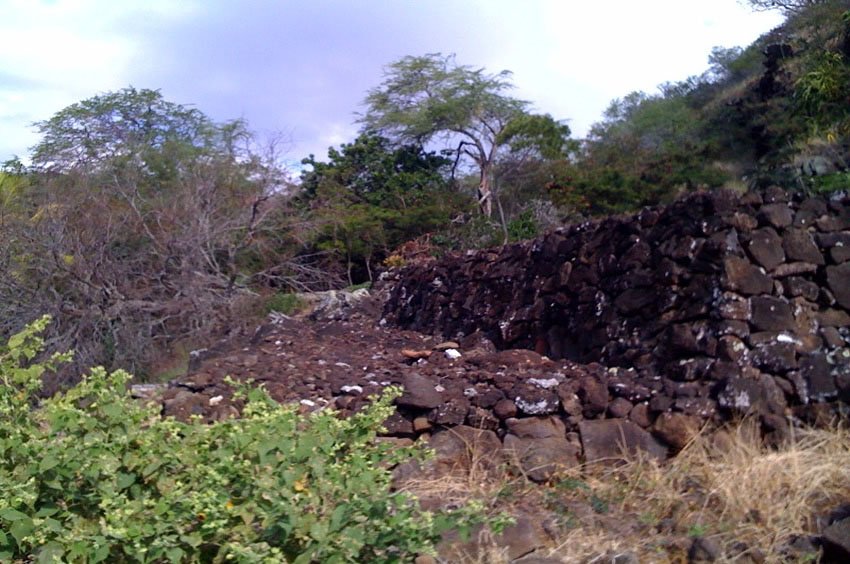Pahua Heiau

Pahua Heiau, Oahu
Pahua Heiau is a restored agricultural temple located at the base of Kamilo Iki ridge in Hawai'i Kai on O'ahu. Believed to date back to the 14th century, this stone terrace was dedicated to Lono, the Hawaiian god of agriculture and fertility. Though partially restored, it still features coral pieces and native plantings, offering visitors a glimpse into ancient Hawaiian land stewardship and religious practices.
Located at the foot of the Kamilo Iki ridge in Hawaii Kai, the Pahua Heiau is believed to have been built in the 14th century and is dedicated to the god of agriculture. The heiau is a rock terrace measuring 68 feet (21 m) long and 40 feet (12 m) wide. Only the eastern portion of it has been restored in 1985 by Outdoor Circle. Later the Office of Hawaiian Affairs did further work on the site including the seeding of native plants. The heiau used to extend further along the base of the ridge in the past. But up until today, white coral pieces can be seen in the rock foundation.
Key Features of Pahua Heiau
- Ancient agricultural site: Dedicated to Lono, the god of agriculture, this heiau supported Hawaiian food cultivation rituals.
- 14th-century origin: Believed to have been constructed around the 1300s at the base of Kamilo Iki ridge in Hawai'i Kai.
- Stone terrace structure: The heiau measures about 68 feet long by 40 feet wide and is built from stacked lava rock.
- Partial restoration: The eastern portion was restored in 1985 by The Outdoor Circle and later improved by the Office of Hawaiian Affairs.
- Cultural remnants: Visitors can still observe white coral fragments and native flora on the heiau grounds.
Frequently Asked Questions
What was Pahua Heiau used for?
Pahua Heiau was an agricultural temple (heiau ho'oulu 'ai), dedicated to the Hawaiian god Lono. It was used in rituals to ensure fertile crops and successful harvests.
Where is Pahua Heiau located?
Pahua Heiau is situated in a residential area at the end of Makahu'ena Place in Hawai'i Kai, on the southeastern coast of O'ahu.
Is the site fully intact?
No, only part of the heiau has been restored - mainly the eastern portion. The structure once extended further along the ridge but has been partially lost over time.
Are there native plants growing at the site?
Yes. Restoration efforts included the planting of native flora, enhancing the historical and ecological integrity of the site.
When was it restored?
The first restoration was done in 1985 by The Outdoor Circle, with further preservation work conducted by the Office of Hawaiian Affairs.

















